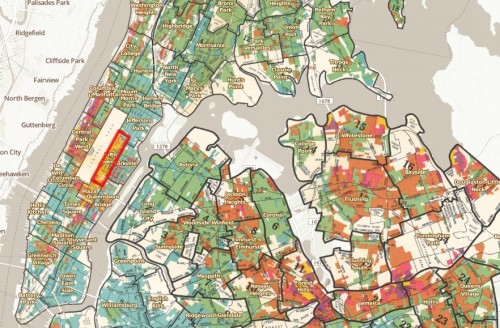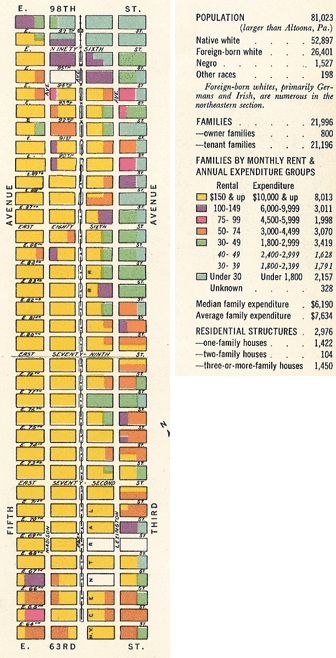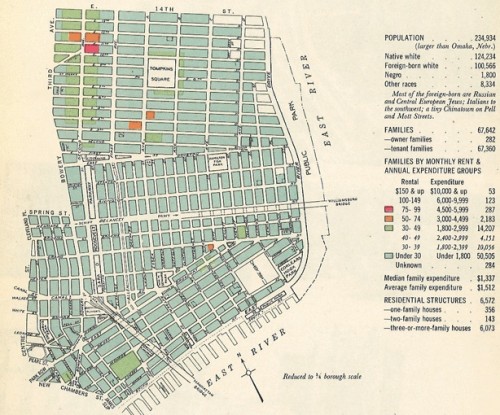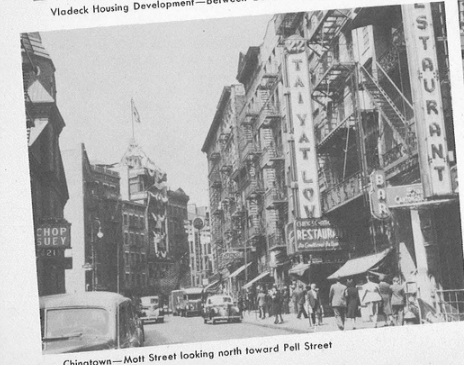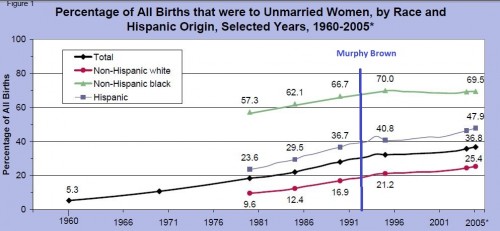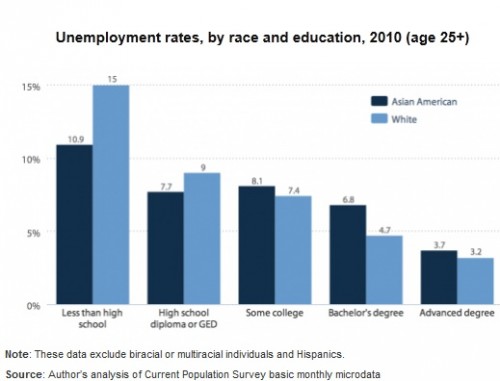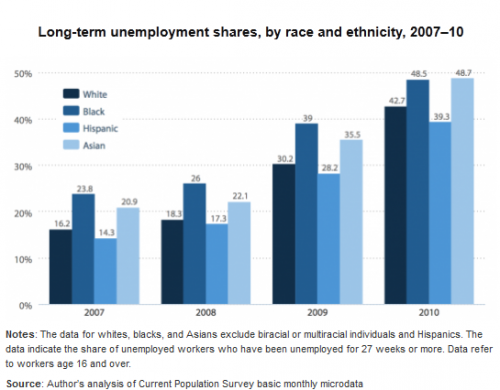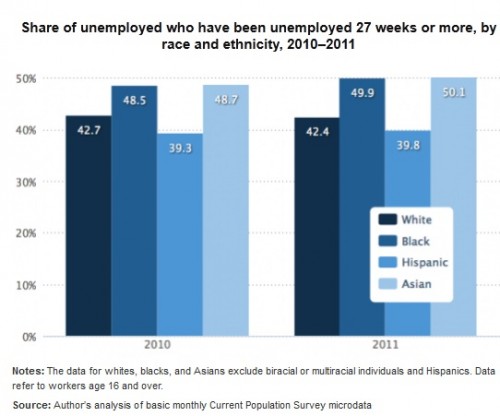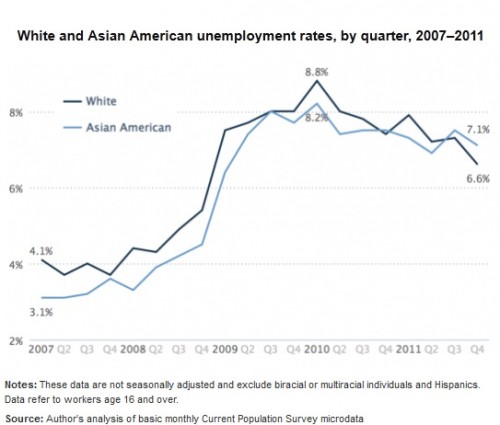Yesterday I posted about the extraordinary number of people in Louisiana prisons. The rise in imprisonment mirrors the U.S. growth that began with the so-called war on drugs, but was also triggered by a crisis in the early 1990s, after two decades of growth. A federal court ordered Louisiana to reduce overcrowding in prisons, which had risen to an inhumane level. They had to either let criminals out or build more prisons. They did the latter.
Instead of building more state-funded prisons, though, for-profit prisons were built by sheriffs and residents of local parishes. Today there are more inmates housed in local, for-profit prisons than in state prisons (left) and Louisiana has more inmates in private prisons than any other state in the U.S. (right):
Why should we care if so many prisoners are housed in private, for-profit institutions?
The conditions in these prisons are worse than those in state prisons, especially when it comes to quality of life (like the opportunity to develop hobbies or practice their religion) and rehabilitative services (like high school equivalency classes and job training). These are desperately needed services; the average Louisiana prisoner has a 7th grade education and nearly a 3rd read below a 5th grade level:
State facilities simply spend more money, while for-profit prisons skim as much off the top as possible. Writes reporter Cindy Chang:
An inmate at the Angola state penitentiary costs $63.15 a day, compared with the $24.39 sheriff’s per diem. State facilities house the sickest and oldest, but [Department of Corrections] Secretary Jimmy LeBlanc admits part of the differential is the lack of educational offerings.
In fact, Louisiana spends less on its prisoners (in state and private facilities combined) than any other state in the U.S.:
Law enforcement officials and parish residents may not like what’s happened in Louisiana, but many feel trapped. For-profit prisons are sustaining local communities: they fund police departments and employ residents. Often they are the only local jobs with decent wages and benefits. Those residents support the local economies and keep small towns alive.
In this short video, an employee talks about the occupational opportunity the prison provides:
Many Louisianans, then, see the harsh sentences and high imprisonment as a price worth paying. Says Sheriff Charles McDonald: “I know it sounds crazy and impersonal… but we’re stuck with this jail. We can’t walk away. We’ve got investors, employees.”
Lisa Wade, PhD is an Associate Professor at Tulane University. She is the author of American Hookup, a book about college sexual culture; a textbook about gender; and a forthcoming introductory text: Terrible Magnificent Sociology. You can follow her on Twitter and Instagram.




